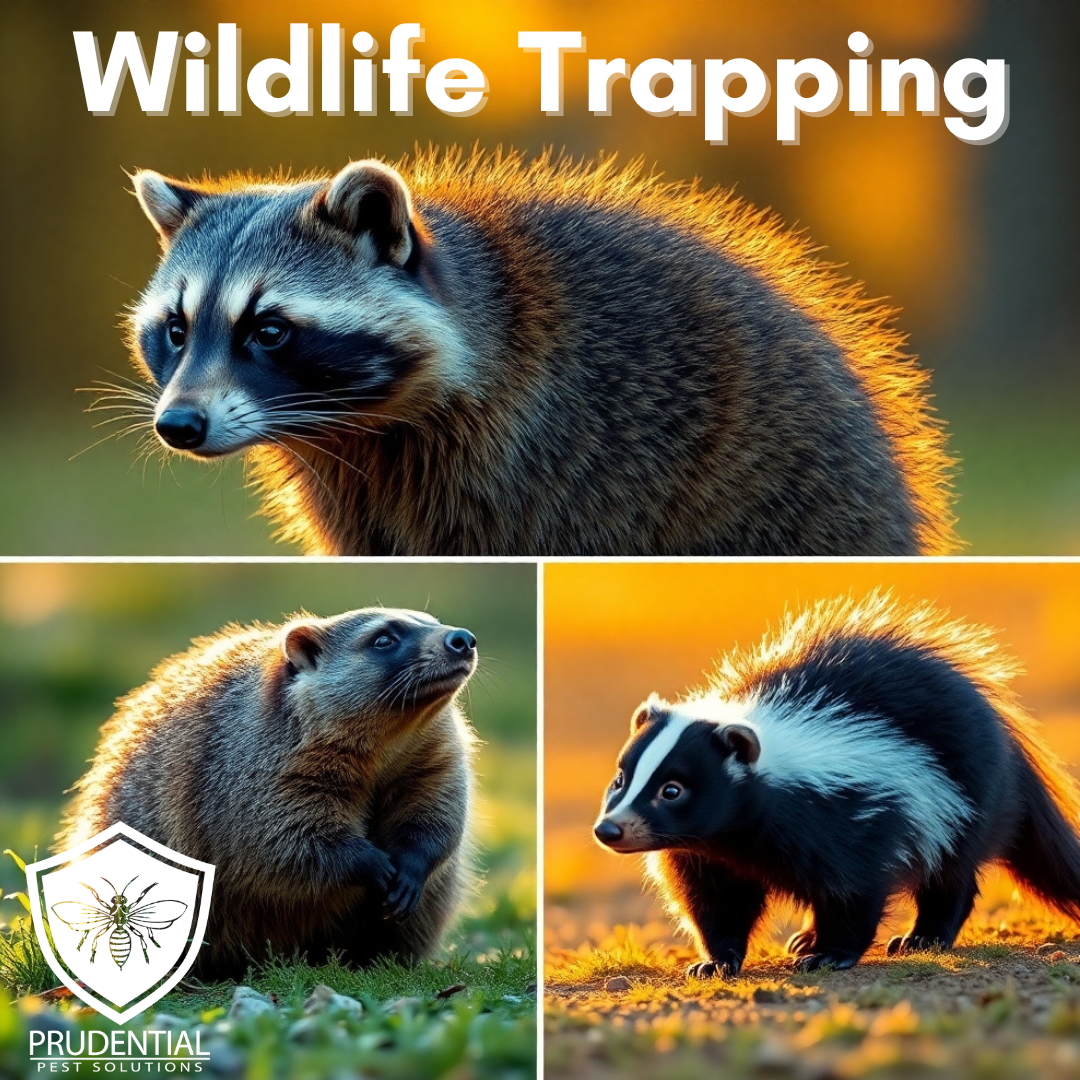
Groundhog Control Chester County
We provide groundhog control and removal services for Chester County. Groundhogs,[…]

How often should the exterminator come to my house?
How often should the exterminator come to my house is a[…]

Spotted Lantern Fly Treatments
Spotted Lanternfly Overview The spotted lanternfly (SLF) is an invasive species[…]






